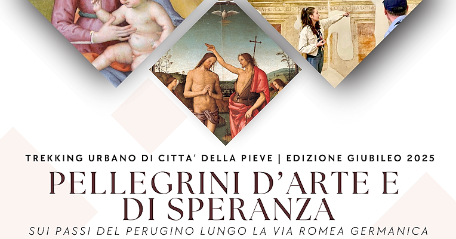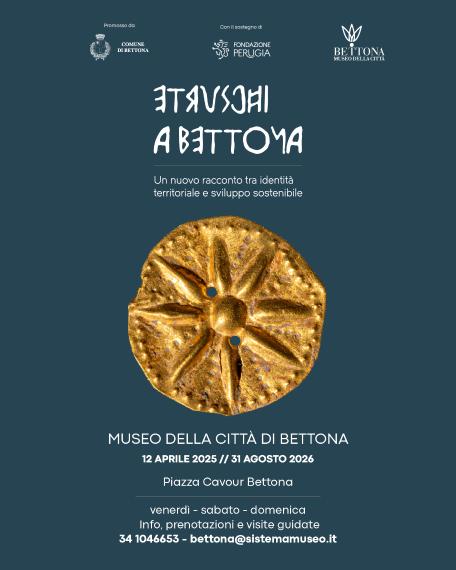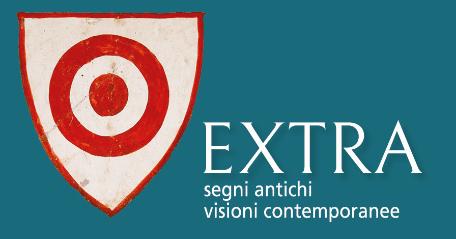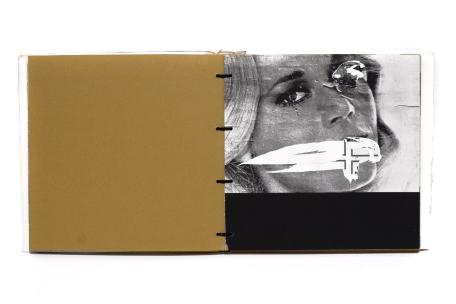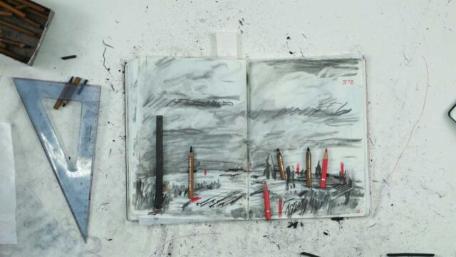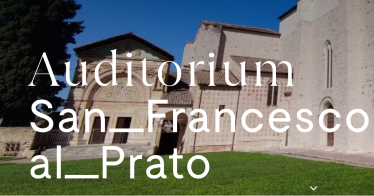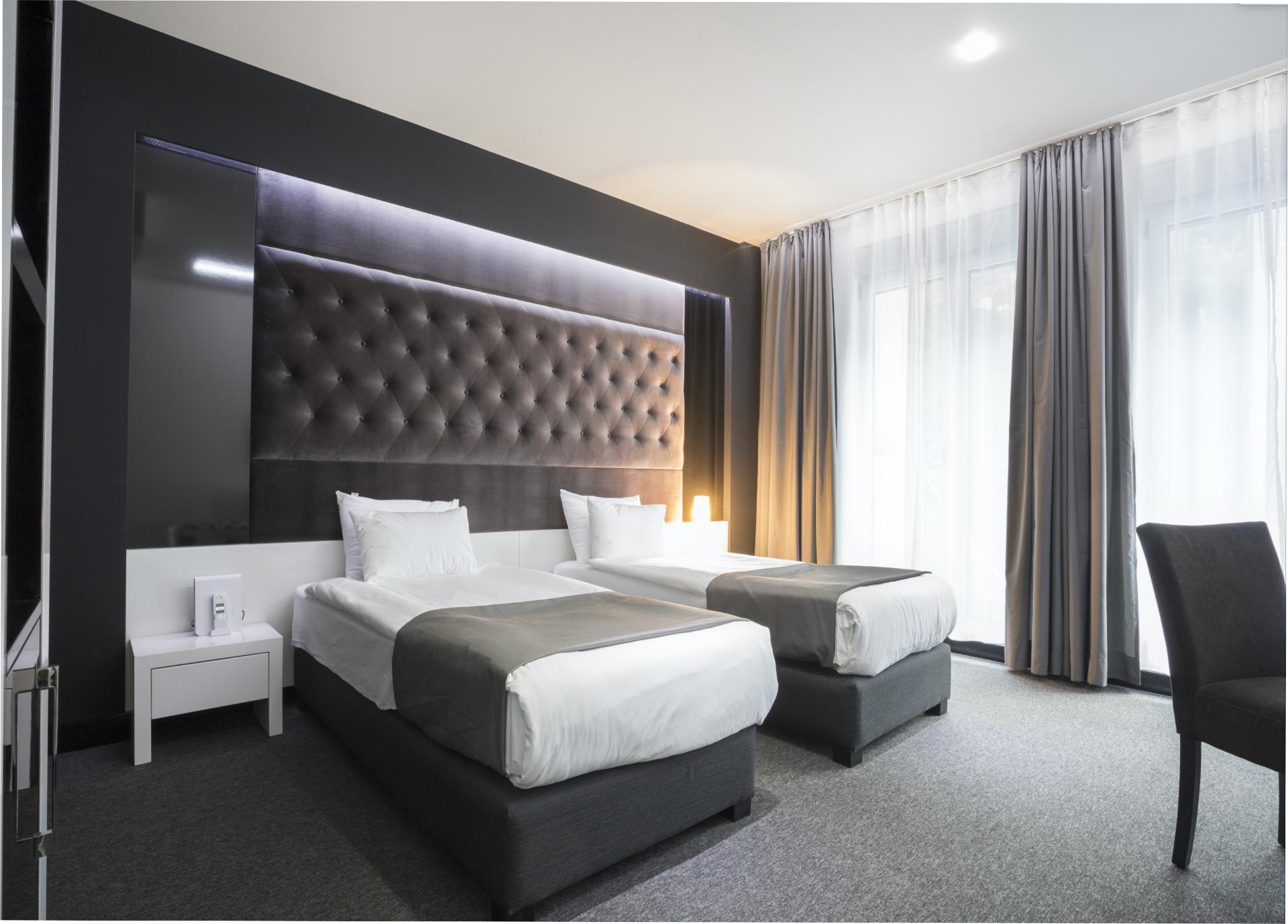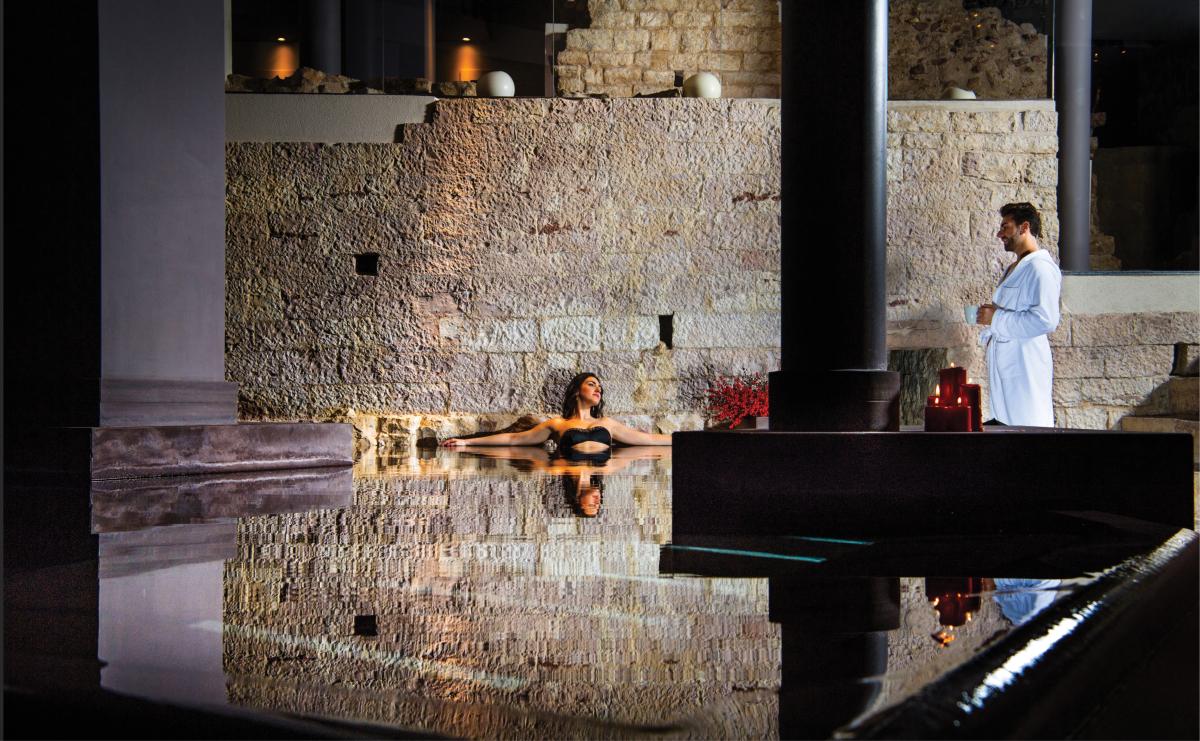Capital of Umbria and one of Italy’s most distinctive art cities, Perugia welcomes its visitors in a timeless atmosphere, where every corner reveals the beauty of its prestigious past and the vitality of its present, a combination of modernity and tradition.
An important Etruscan centre, a prosperous Roman municipium, and a renowned medieval city, Perugia jealously preserves the remains of ancient civilizations, harmoniously integrated within an exceptional cultural and social environment. This is enriched by a renowned food, wine, and craft tradition, alongside contemporary artistic initiatives and the energy of major events such as Eurochocolate and Umbria Jazz.
The history of a city with ancient origins
The origins: from Etruscan city to Roman colony
Perugia traces its origins to the 9th century BC, and from the 7th–6th centuries BC it developed into one of the most important Etruscan cities, exerting control over the surrounding territory and expanding with significant building activity. After the Battle of Sentinum (295 BC), it entered the Roman sphere of influence, maintaining its language and municipal autonomy for centuries. During the Second Punic War, it offered refuge to Romans who escaped the tragic Battle of Lake Trasimene (217 BC).
Following the Social War (98 BC) it became fully integrated into the Roman State, initiating a period of extensive urban renewal. During the conflict between Augustus and Antony, the Bellum Perusinum (41 BC), a devastating fire led to a major reconstruction phase: Augustus himself restored numerous monuments, including the Etruscan Arch, which bears the inscription “Augusta Perusia.”
During the imperial age, the city expanded beyond the Etruscan walls, as evidenced by the amphitheatre near Palazzo della Penna and the thermal bath complex featuring the mosaic of Orpheus (or St Elizabeth), dating to the 2nd century AD, today located within the Department of Chemistry, Biology and Biotechnology of the University of Perugia. In the 3rd century, Emperor Trebonianus Gallus granted Perugia the status of Roman colony, as recorded in the inscription “Colonia Vibia Augusta Perusia” visible on Porta Marzia and the Etruscan Arch.
From barbarian invasions to the birth of the medieval commune
Destroyed by Totila’s Goths in 548 AD, Perugia became a strategic outpost of Byzantine rule against the expansion of the Duchy of Spoleto.
Although subject to papal authority—under which it remained until the 14th century, hosting five conclaves were held between 1216 and 1305—the city became a free commune from the 11th century onwards, governed by a council of Consuls known as Priors.
In the 13th century, conflicts with the Church and neighbouring cities such as Foligno fuelled internal strife and civil wars, which continued until Pope Paul III imposed a salt tax on the Papal States, sparking the Salt War. Perugia’s rebellion culminated in 1540: its defeat marked the city’s return to papal control and the construction of the Rocca Paolina. From this moment until its annexation to the Kingdom of Italy (1860), the city was deprived of its political autonomy, yet continued to flourish artistically and architecturally.
The heart of the city: Piazza IV Novembre
The symbolic centre of Perugia, Piazza IV Novembre brings together the city’s most important civic and religious monuments.
- Fontana Maggiore: a masterpiece of the 13th century carved by Fra Bevignate da Perugia. The lower basin features fifty relief panels by Nicola and Giovanni Pisano depicting zodiac signs, liberal arts, scenes from the Old and New Testament, the founding of Rome, and two Aesop fables, while the upper basin displays twenty-four statuettes in Carrara marble representing figures linked to the city’s history.
- Cathedral of San Lorenzo: Perugia’s cathedral, built above the Etruscan-Roman forum. From here, visitors can access the underground route of Perugia Sotterranea, located at the heart of the Island of San Lorenzo, discovering a hidden city beneath the Cathedral and the Chapter Museum.
- Palazzo dei Priori: the Palatium Novum Populi was built between the late 13th and mid-15th centuries in several phases. The earliest structure, built at the end of the 13th century over earlier private buildings, housed the hall for municipal assemblies, later transformed in 1582 into the headquarters of the Notaries’ Guild, now known as the Sala dei Notari. Inside are the Sala della Vaccara, the College of Merchants, the College of Moneychangers—home to Perugino’s renowned fresco cycle—and the chapel of Saint John the Baptist with 16th-century frescoes. Today, the building hosts the National Gallery of Umbria, home to masterpieces from the Middle Ages to the 18th century, including works by Piero della Francesca, Benozzo Gozzoli, Fra Angelico, Pinturicchio, and Perugino.
- Palazzo del Capitano del Popolo: also known as Palazzo del Bargello, built in Piazza Matteotti between 1473 and 1481 as a key institution of civic administration, its portal bears the statue of the allegory of Justice. Next to it stand the Palazzo dell’Università Vecchia (15th century) and the Loggia dei Lanari.
The main religious buildings
Each church in Perugia tells a different chapter of its thousand-year history. Among the most significant:
- Church of San Domenico (Corso Cavour): its majestic bell tower was erected in 1230 with the arrival of the Dominicans, who built their first church in the area now occupied by the large cloister; in 1304, a monumental basilica was constructed. Today, the complex hosts the National Archaeological Museum of Umbria.
- Abbey of San Pietro (Porta San Pietro, between Corso Cavour and Borgo XX Giugno): built at the end of the 10th century and featuring a splendid cloister, it was the first episcopal seat of Perugia. Its 70-metre-high bell tower is one of the most striking constructions in the city.
- Temple of Saint Michael the Archangel (Cassero di Porta Sant’Angelo, at the end of Corso Garibaldi): a Paleo-Christian church with a distinctive circular plan. It is the earliest religious building erected in Perugia and one of the oldest in Italy.
- Monastic complex of San Francesco al Prato: founded by the Minor Franciscans in the 13th century near Porta Trasimena. Now deconsecrated, the complex includes the church—once home to the tombs of prominent Perugian families—the Oratory of San Bernardino, with its elegant polychrome façade and reliefs carved between 1457 and 1461 by Agostino di Duccio, and the former convent, now home to the Academy of Fine Arts of Perugia.
- Church of Sant’Ercolano: dedicated to one of the city’s patron saints, characterized by an octagonal plan. The strong verticality of the building, originally arranged on two levels, gives it the appearance of a defensive tower overlooking the staircase of the same name.
- Templar complex of San Bevignate (Via Enrico Da Pozzo): built around the mid-13th century and linked to the history of the famous religious-military order. Beneath the floor, archaeologists have uncovered a Roman domus (3rd–2nd century BC) and the remains of a fullonica, a production facility used for textile processing.
A dive into nature: the parks of Perugia
Green areas in the heart of the city:
- Botanical Garden and Medieval Garden (Abbey of San Pietro): the medieval garden, located near the Church of San Costanzo, was created within the abbey complex following fascinating medieval symbolic schemes. Together, the two gardens include about 1,200 plant species.
- Frontone Gardens: laid out in an area previously occupied by an Etruscan necropolis and later, in the 15th century, by a defensive fortress, they take their name from the fronton of the arch closing the small theatre built in 1780 to a design by Baldassare Orsini.
- Carducci Gardens (Piazza Italia): Dedicated to the poet after whom they are named, who, during a visit to this viewpoint—perhaps captivated by the panoramic landscape of Perugia—found inspiration here for his ode Canto dell’Amore.
- Santa Giuliana Park: (near Piazza Partigiani) a green area equipped for sports, also used as an open-air venue for music events such as Umbria Jazz. The park forms part of the complex of Santa Giuliana, which includes the church and former Cistercian convent.
- Sant’Angelo Park: near the gate of the same name along the medieval walls, it features a scenic circular trail of about one kilometre, with a play park, and a theatre built at the end of the 20th century.
Green areas worth visiting around the city:
- Pian di Massiano Park: accessible via the Minimetrò designed by Jean Nouvel, this 70-hectare park includes the Percorso Verde, an ideal destination for sports enthusiasts and those who enjoy walking in nature.
- Città della Domenica Park: the first family theme park in Italy, opened in 1963 by the Spagnoli family. Within its 42 hectares, it preserves a remarkable cultural and wildlife heritage.
- Educational Woodland of Pontefelcino: an oasis featuring more than a thousand plant species from tropical and subtropical environments, ponds with aquatic plants, and a rose garden with over 300 varieties of ancient and modern roses.


















